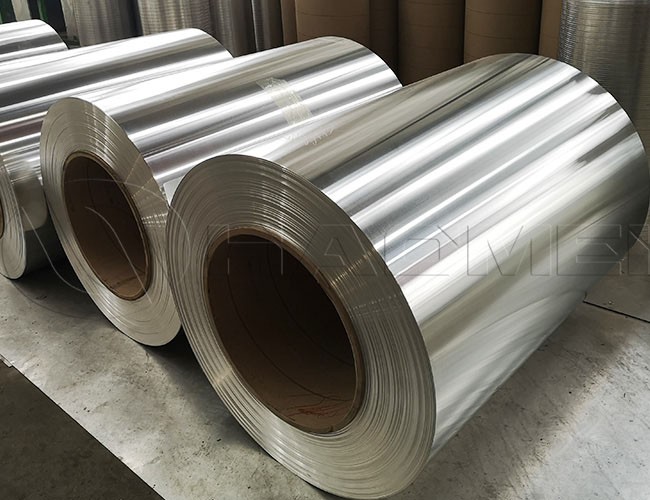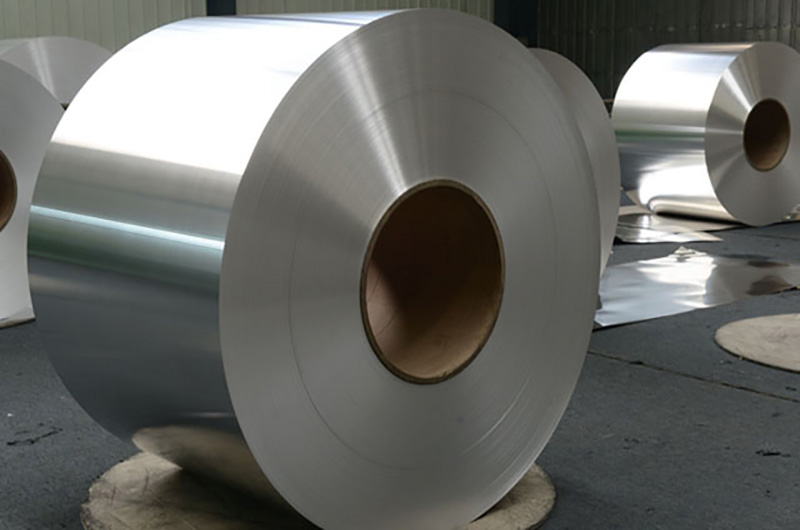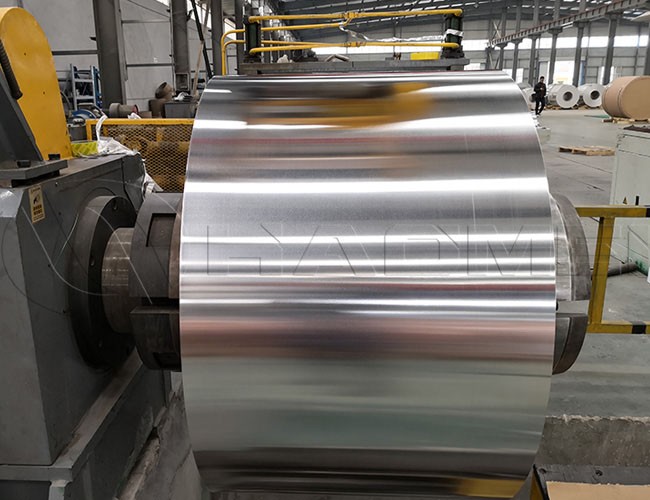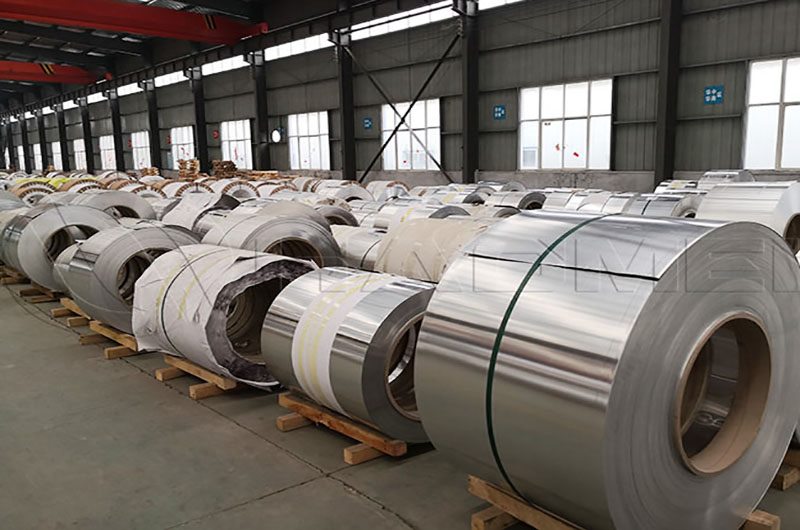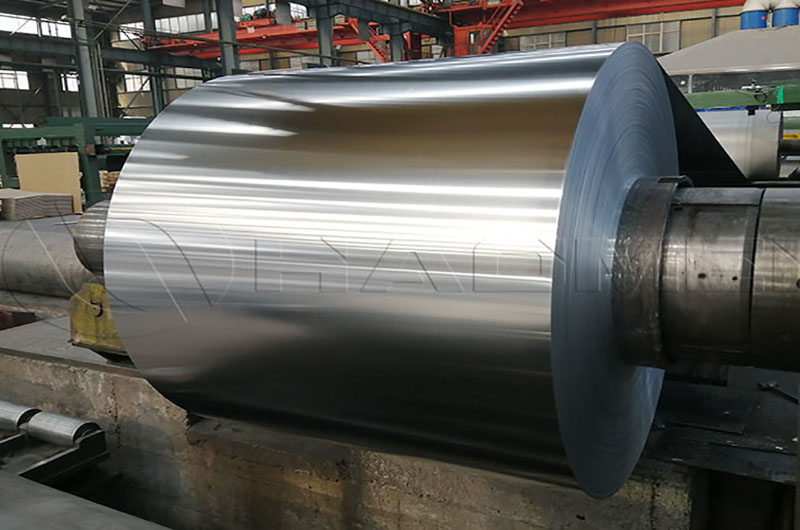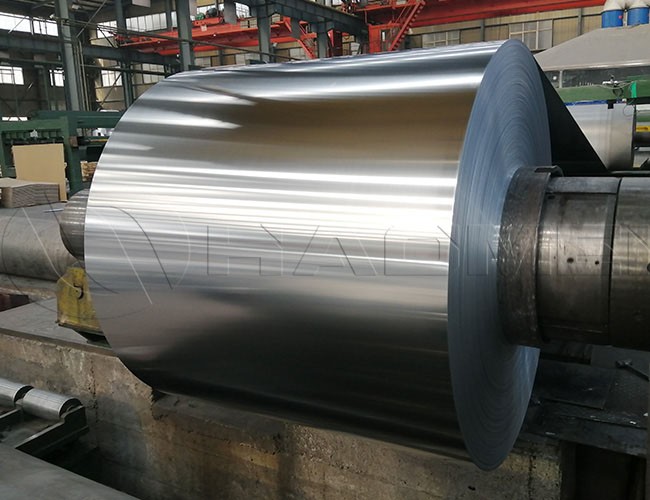- a. Surface contaminants
- b. Inconsistent chemical composition
- c. Insufficient cleaning
- d. Temperature fluctuations
- e. Poor control of the anodizing process
- f. Alloy sensitivity
- g. Mechanical damage
- h. Impurities in the anodizing tank
- i. Anodic oxidation tank age
- j. Insufficient flushing
Alloy aluminum coils play a vital role in various industries, and the quality of their oxide films is crucial to ensuring durability and performance. However, irregularities in the oxide film may occur due to a variety of factors.
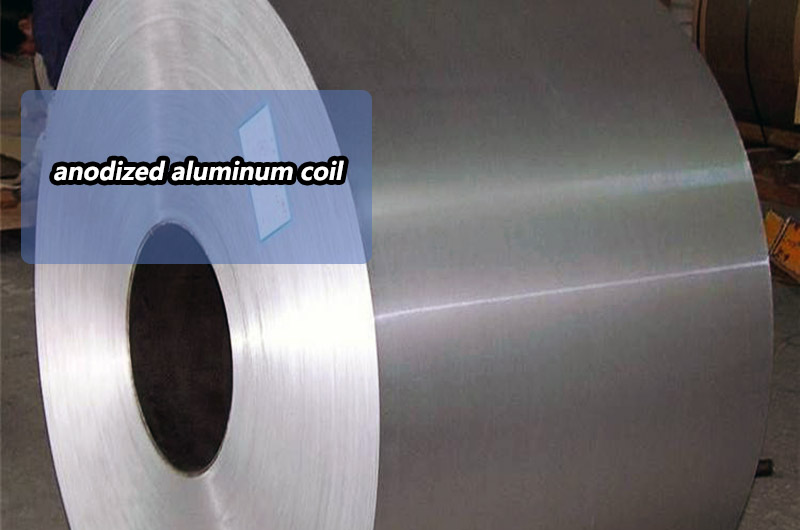
In this comprehensive analysis, we will delve into the reasons for the formation of irregular oxide films on alloy aluminum coils, discussing surface contaminants, chemical composition, cleaning procedures, temperature control, anodizing process, alloy sensitivity, mechanical damage, impurities, Anodizing and other aspects.
a. Surface contaminants
The presence of contaminants on the surface of aluminum coils is a common cause of the formation of irregular oxide films. Contaminants such as oil, grease or dirt can affect the uniformity of the oxide coating. Proper cleaning and surface preparation are essential to eliminate these contaminants before the oxidation process.
b. Inconsistent chemical composition
Changes in the chemical composition of the alloy can cause uneven formation of the oxide film. Impurities or fluctuations in alloy composition may affect the oxidation process, emphasizing the importance of quality control measures in alloy production.
c. Insufficient cleaning
The effectiveness of the cleaning process cannot be overstated. Inadequate cleaning procedures can lead to irregular oxide film formation. A thorough and meticulous cleaning regimen is essential to ensure a uniform surface for the subsequent oxidation process.
d. Temperature fluctuations
Maintaining consistent temperature control during the oxidation process is critical to obtaining a uniform oxide film. Temperature fluctuations can cause irregularities, which highlights the need for precise temperature management in aluminum coil processing.
e. Poor control of the anodizing process
Anodizing is a widely used method to form an oxide film on aluminum surfaces. Problems with the anodizing process, such as incorrect voltage, duration, or bath chemistry, can cause irregular oxide layer formation. Precise control of anodizing process parameters is critical to achieving consistent and high-quality oxide coatings.
f. Alloy sensitivity
Different aluminum alloys exhibit different sensitivities to the anodizing process. Given its unique properties, processing parameters must be tailored to the specific alloy used to prevent irregularities in oxide film formation.
g. Mechanical damage
Physical damage to the aluminum surface, such as scratches or abrasions, may disrupt the formation of the oxide film. Careful handling and processing procedures must be taken to avoid mechanical damage that may compromise the quality of the oxide coating.
h. Impurities in the anodizing tank
The quality of the anodizing tank is crucial to the anodizing process. Contaminants or impurities present in the plating solution can negatively affect the formation of oxide films. Regular monitoring and maintenance of the anodizing tank is essential to ensure its effectiveness.
i. Anodic oxidation tank age
Over time, the anodizing bath degrades, affecting its ability to produce a high-quality oxide film. Regular analysis and replenishment of the anodizing bath is necessary to maintain optimal conditions for the anodizing process.
j. Insufficient flushing
Inadequate rinsing after the anodizing process can leave residue on the aluminum surface, causing irregularities in the oxide film. Thorough rinsing is essential to remove any residual chemicals and ensure uniformity of the oxide coating.
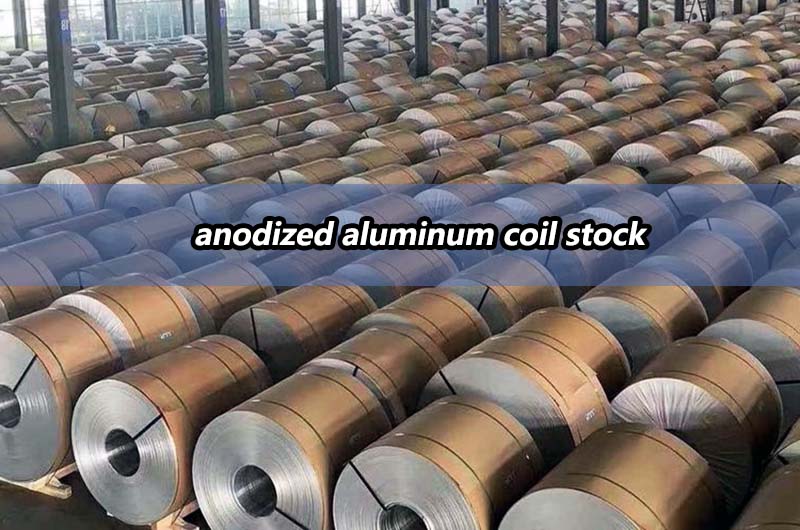
In summary, the formation of a uniform oxide film on alloy aluminum coils is a complex process affected by multiple factors.
In addition, the following should be noted:
1. The swing working area in the tank is too large and the color of the oxide film is inconsistent.
Preventive measures: The oxidized workpiece has small rotation fluctuations and can be processed quietly. However, when the solution temperature is too low, pattern spots are prone to appear and are unnatural.
2. When the damaged part of the coating of the alloy aluminum coil is cut off, the outer layer is worn high-quality aluminum alloy and the inner layer is miscellaneous aluminum. Due to the large difference, "vitiligo" spots will appear after oxidation.
Preventive measures: Strictly standardize materials and reduce or remove miscellaneous aluminum.
3. The workpiece is not completely treated with alkali etching during the process operation, and some of the original oxide film and dirt cannot be removed. Alkaline etching is performed immediately after light processing, the surface is still alkaline, and the workpiece comes into contact with foreign matter during transportation.
Preventive measures: Strictly ensure the integrity of the alloy aluminum coil process during the production process, so that better products can be produced.
Resolving irregularities requires a systematic approach that includes careful attention to surface preparation, alloy composition, cleaning procedures, temperature control, anodizing process, alloy-specific considerations, mechanical damage prevention, anodizing bath quality, and flushing practices.
By understanding and addressing these factors, manufacturers can improve the quality and consistency of the oxide film on alloy aluminum coils, ensuring optimal performance in a variety of applications.
Informations you may be interested in:
- How to clean anodized aluminum sheet coil roll
- What are the advantages of continuous anodized aluminum sheet coils as building materials?
- What is anodized aluminum sheet coil?
- What skills are needed for hard anodized of 5052 aluminum coils?
- 5 features continuous thick film anodized aluminum coils
- Haomei Aluminum An Overview of the Different Types of Aluminum Coil Stock

